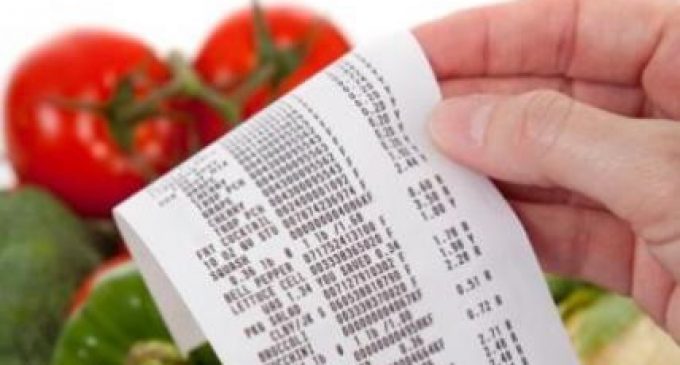UK Grocery Checkouts Ring Up a Record Christmas

The latest grocery market share figures from Kantar Worldpanel, for the 12 weeks ending 1 January 2017, show the fastest recorded growth since June 2014, thanks to an additional consumer spend of almost half a billion pounds increasing total supermarket sales by 1.8%.
Fraser McKevitt, head of retail and consumer insight at Kantar Worldpanel, explains: “Year-on-year market growth has been helped by comparisons to a weaker Christmas in 2015, but sales were also buoyed by strong consumer appetite for festive celebration after a turbulent year.
Shoppers spent £480 million more at the tills than in 2015, leading to record sales for the Christmas period. “With Christmas Eve falling on a Saturday and giving shoppers more time to buy their final festive trimmings, the single busiest shopping day of the year was Friday 23 December with over half the population braving a grocery store. The typical household spend for December reached £365 this year – £52 more than the average month.
“Thanks to continued investment in premium own label brands across the major retailers in 2016, such products finished the year with record 12 week sales of almost one billion pounds. Top tier lines including own label fresh and smoked fish, cooked meats such as ham, and wine performed particularly well.”
Market Returns to Inflation
After 28 months of deflation in the market, like-for-like grocery prices have increased by 0.2 percentage points to bring a return to inflation. Fraser McKevitt comments: “The long-anticipated return to inflation suggests that the speed of growth in the overall market will continue to hasten in 2017, and both consumers and retailers will be looking at ways to avoid increasing the cost of the weekly shop. Last year retailers focused on simplifying their discounts and offers, and the level of promotional sales has fallen to 37% as a result – the lowest level over Christmas since 2009.”
Retailer Successes
Overall market growth and two additional shopping days the week before Christmas have left room for most retailers to find some success over the festive period. The big four supermarkets together accounted for 71.4% of market share, with a sales increase of 0.1% – the first time that all four have collectively grown since June 2014.
Fraser McKevitt says: “Tesco’s recent sales revival continued with an increase of 1.3% particularly helped by its performance within fresh food. However, this wasn’t enough to stop its market share from falling back by 0.1 percentage points to 28.2%.
 “Morrisons, whose overall sales were held back in 2016 by the impact of a number of store closures, marked a strong start to the year with growth of 1.2% – its first period of growth since June 2015.”
“Morrisons, whose overall sales were held back in 2016 by the impact of a number of store closures, marked a strong start to the year with growth of 1.2% – its first period of growth since June 2015.”
“The discounters tend to take a slightly smaller share of the market in December than the rest of the year as consumers revert to traditional retailers for the holiday season. This year sales growth for both Aldi and Lidl accelerated compared to pre-Christmas levels as shoppers continued to warm to their premium lines. Year-on-year, Aldi grew sales by 11.8% and market share to 6.0%, while Lidl’s sales growth of 7.5% increased its share by 0.2 percentage points to 4.4%.”
Also increasing sales after a successful end to 2016 were Iceland, where sales grew by 9.6%, Waitrose (3.0%) and Co-op (2.4%).
Sainsbury’s saw a marginal sales decline of 0.1%, though it did deliver strong online sales growth having attracted new shoppers to the channel. While Asda was down by 2.4%, this is a considerable improvement on the 4.7% decline reported in December.


































